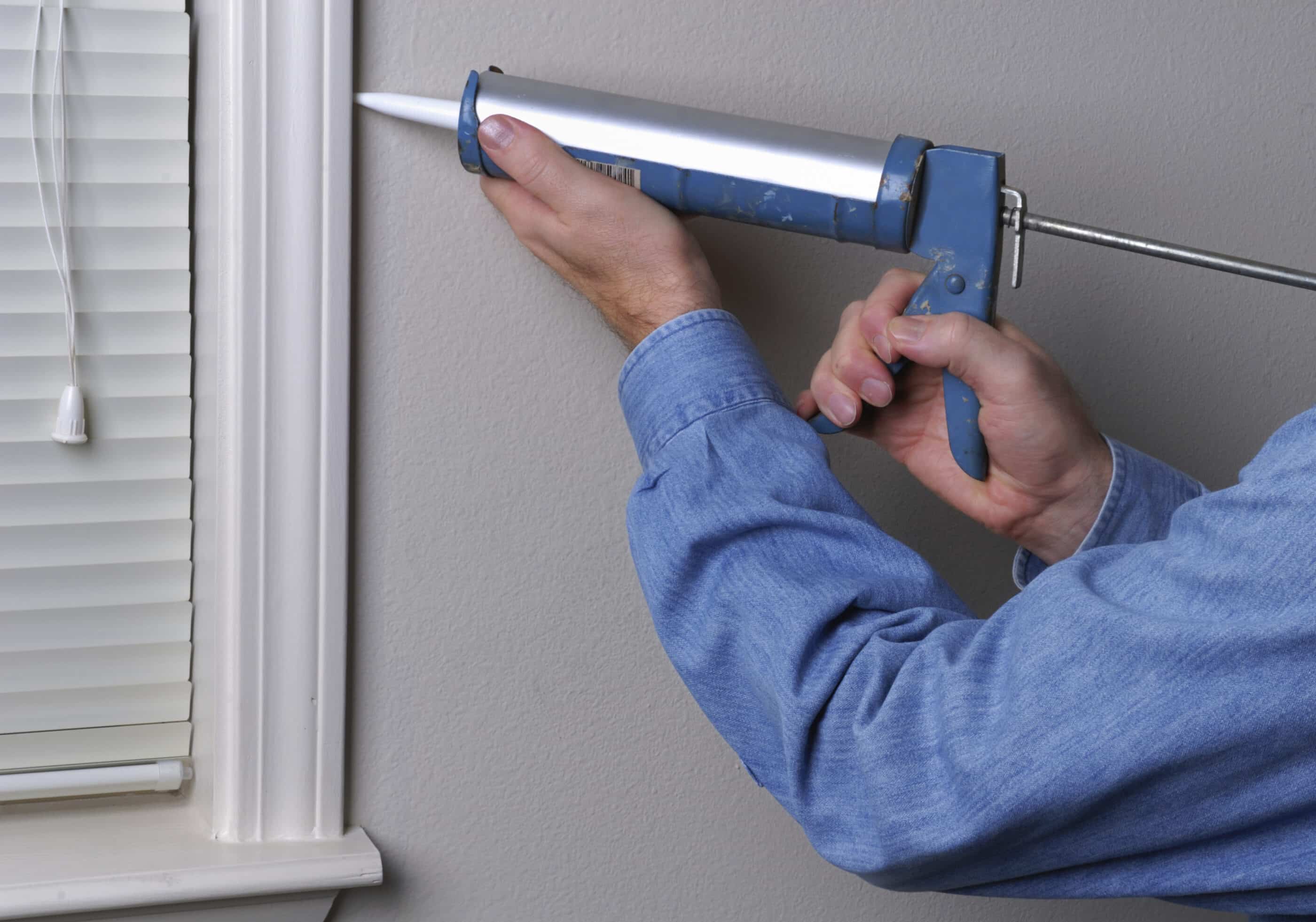It can be very frustrating to come home and find uncomfortable and uneven temperatures throughout your house. Also, you may find that because of this, your gas bills have been a bit higher than expected. At GreenFit Homes, we know people are always looking for home energy saving tips and ways to stop air from leaking and costing you money. It’s important to get to the root of the problem to start taking the necessary steps to eliminate air from escaping your home. Let’s have a look at the places in your home where your air is most likely to escape from and what you can do to fix the problem.
Where is air most likely to escape from?
Floors
While floors aren’t the most common way for air to escape, they can still account for some air escaping from your home. This is more likely to happen with your basement floor if there are cracks or if there isn’t proper insulation installed.
Fireplace
Your fireplace may not come to mind when you think of places that air can escape, but in fact it’s usually one of the biggest sources of air escaping a home. In the warmer months when you aren’t regularly using your fireplace, you should ensure that it’s properly sealed to prevent drafts and cool air from escaping.
Roof
A home’s roof can be another significant source of air escaping during the winter. This occurs because warm air tends to rise and if you don’t have proper insulation in your roof it will continue rising and escape right through the roof. As you might imagine, this can become quite an issue in the winter months when you are trying to keep your house warm without sending your heating costs “through the roof”.
Walls
Air can easily escape through your home’s walls if they are poorly insulated. There could also be potential cracks in the wall’s foundation or frame that may not be noticeable but is allowing a significant amount of air and heat to escape.
Windows
Windows can account for a large amount of your home’s cool air or heat escaping simply from the fact that they are made of glass which isn’t an insulator. This is why it tends to be much colder in the winter when you stand near a window in comparison to standing in the middle of a room. Air can easily seep through the cracks if your windows aren’t sealed well.
Why insulation is important?
As you can see, the main source of air escaping in most homes is a lack of insulation or poor insulation. Over time, insulation can lose its effectiveness and not work as well as it did when it was first installed. Insulation is a key part of keeping air from escaping your home and maintaining the desired temperature throughout your home. Insulation provides a layer of protection during the summer to keep the cool air in and in the winter to keep the warm air in. There are many different areas of your home that can be insulated beyond just your walls to create an even more comfortable space. A few key benefits of insulation are:
- Potential to lower your energy bills
- Maintain a more even temperature throughout your home
- Greater energy efficiency
- Promotes a healthy home
- Reduced outdoor noise
What steps can you take to fix this problem?
The first step you should take as a homeowner to fix your home’s issue with escaping heat and air is to talk to a professional to see if your home is properly insulated. There are many different types of insulation that can be installed from spray foam to loose-fill insulation. It’s important to get a technician to evaluate the current state of the insulation in your home to make a recommendation on the best type for you. Another step you may want to consider is air sealing. Air sealing will ensure that all the cracks and gaps that may not be visible to you are completely sealed and not allowing additional air to escape.

